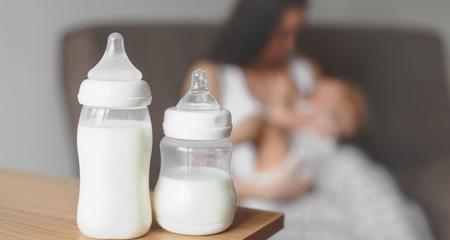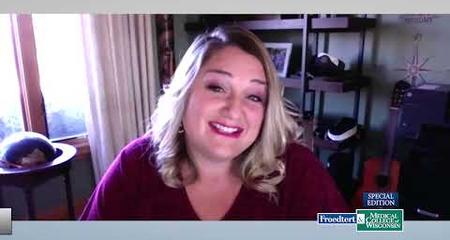Each year in the U.S., thousands of babies die suddenly and unexpectedly. These deaths are called SUID (pronounced Soo-id), which stands for “Sudden Unexpected Infant Death.”
SUID and Sudden Infant Deaths
SUID includes all unexpected deaths: those without a clear cause, such as sudden infant death syndrome (SIDS), and those from a known cause, such as suffocation. One-half of all SUID cases are SIDS. Many unexpected infant deaths are accidents, but a disease or something done on purpose can also cause a baby to die suddenly and unexpectedly.
“Sleep-related causes of infant death” are those linked to how or where a baby sleeps or slept. These deaths are due to accidental causes, such as suffocation, entrapment or strangulation. Entrapment is when the baby gets trapped between two objects, such as a mattress and a wall, and can’t breathe. Strangulation is when something presses on or wraps around the baby’s neck, blocking the baby’s airway. These deaths are not SIDS.
Infant Safe-Sleep Environment

To create a safe sleep environment:
- Always place a baby on his or her back to sleep — for naps and at night — to reduce the risk of SUID.
- Use a firm sleep surface, covered by a fitted sheet. A crib, bassinet, portable crib or play yard that conforms to the safety standards of the Consumer Product Safety Commission is recommended.
- Your baby should not sleep in an adult bed, on a couch or on a chair alone, with you or with anyone else.
- Keep your baby’s bed in the same room where you sleep (for the infants first year). Room sharing not bed sharing. Always place the baby in a safety-approved crib, bassinet or portable crib for sleep.
- Sitting devices like bouncy seats, swings, infant carriers or strollers should not be used for routine sleep.
- Keep soft objects such as pillows and blankets, toys and bumpers out of your baby’s sleep area.
- Wedges and positioners should not be used.
- Do not smoke during pregnancy or allow smoking around your baby.
- Do not let your sleeping baby get too hot.
- Breastfeed your baby.
-
Give your baby a dry pacifier that is not attached to a string for naps and at night to reduce the risk of SIDS after breastfeeding is established.

Infant is sleeping alone in an empty crib and only wearing a simple onesie. Sleep Sacks and one-piece sleepers are also good choices - just make sure your baby doesn't get too hot. - Supervised Skin to Skin is recommended to all mothers and infants immediately following birth regardless of feeding or delivery, (as soon as mother is medically stable, awake and able to respond to her newborn) and to continue for at least an hour. Once mother starts to get sleepy, return baby to bassinet.
- Follow health care provider guidance on your baby’s vaccines and regular health checkups.
- Give your baby plenty of tummy time when he or she is awake and someone is watching.
Download the "What Does A Safe Sleep Environment Look Like?" Guide
For additional information and education on safe sleep please visit cribsforkids.org.
Pregnancy and Birth Resources




